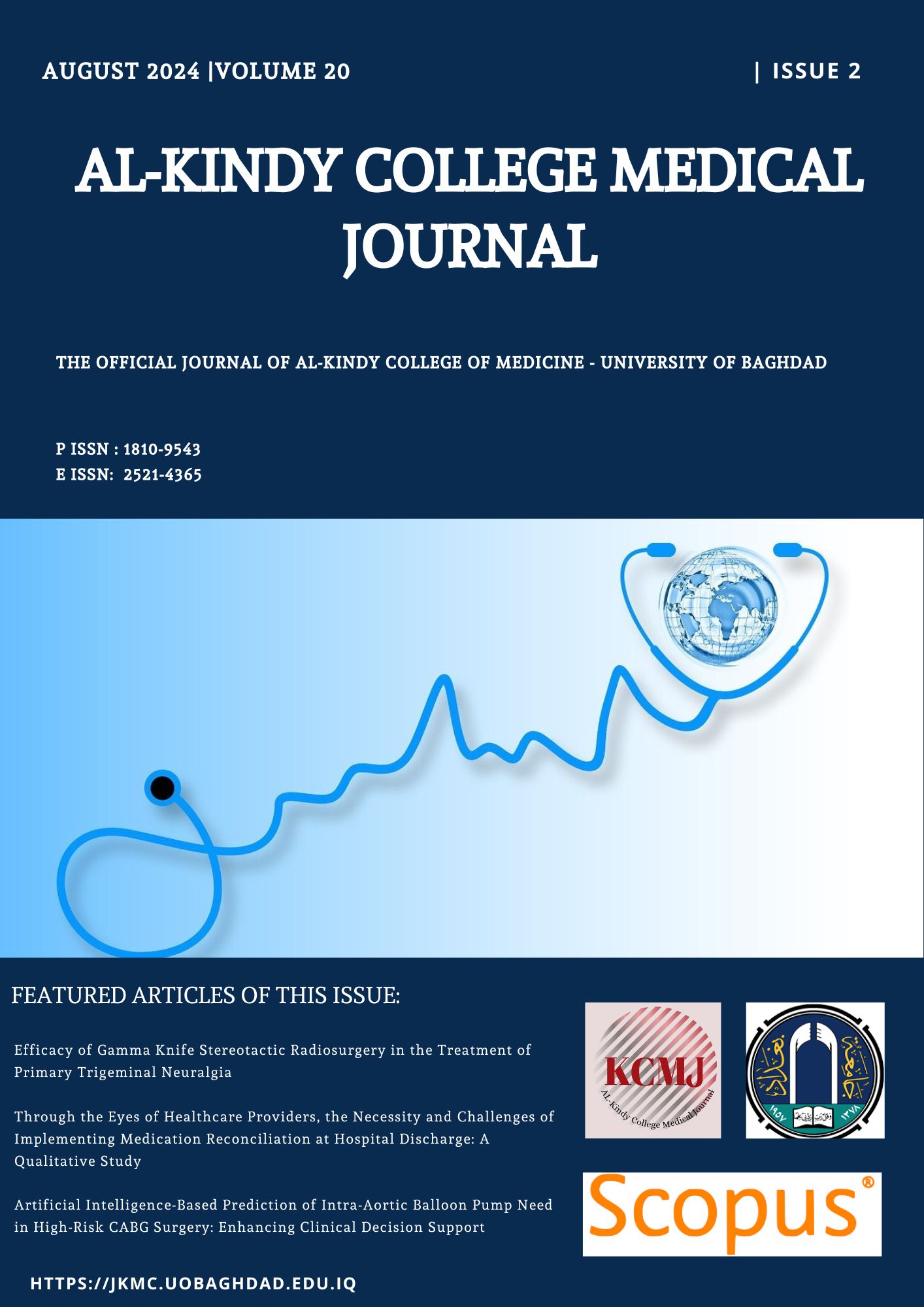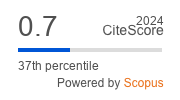Artificial Intelligence-Based Prediction of Intra-Aortic Balloon Pump Need in High-Risk CABG Surgery: Enhancing Clinical Decision Support
DOI:
https://doi.org/10.47723/sf00fq21Keywords:
Intra-Aortic Balloon Pump, Coronary Artery Bypass Grafting, Predictive Model, Preoperative Data, Graphical User Interface, High-Risk ManagementAbstract
Background: In modern healthcare, decision-making processes are becoming increasingly data-driven, aiming to optimize patient care and resource allocation. Coronary artery bypass grafting (CABG) is a critical procedure for high-risk patients, and the use of intra-aortic balloon pump (IABP) assistance can significantly impact patient outcomes.
Objective: To identify preoperative factors that predict the need for IABP assistance in high-risk CABG patients and to develop a predictive model that can enhance clinical decision-making.
Subjects and Methods: The study involved fifty high-risk coronary artery bypass graft patients, with 24 cases necessitating intra-aortic balloon pump assistance and the rest not requiring it. Seven preoperative variables, including age, weight, ejection fraction, number of grafts, creatinine level, diabetic status, and blood pressure, were considered as potential predictors. SPSS was adopted to conduct a multi-variable regression analysis and derive the mathematical equations for the predictive model. A graphical user interface (GUI) was developed to utilize these equations for predicting the need for IABP support.
Results: The findings revealed a strong correlation among several preoperative factors and the likelihood of requiring IABP assistance. By employing the predictions from the model to guide preoperative intra-aortic balloon insertion, the potential for optimizing hemodynamic support during surgery was maximized.
Conclusions: This research emphasizes the importance of enhancing risk assessment techniques to empower medical specialists to tailor treatment plans to each patient's specific needs. Early identification of individuals at risk of requiring IABP can significantly enhance surgical outcomes and patient safety. Incorporating the predictive model into clinical practice allows for more individualized and effective care during high-risk CABG surgeries. This modern strategy has the potential to revolutionize cardiac outcomes, improve patient results, and extend the use of intra-aortic balloon support.
Downloads
Published
Issue
Section
License
Copyright (c) 2024 AL-Kindy College Medical Journal

This work is licensed under a Creative Commons Attribution 4.0 International License.














